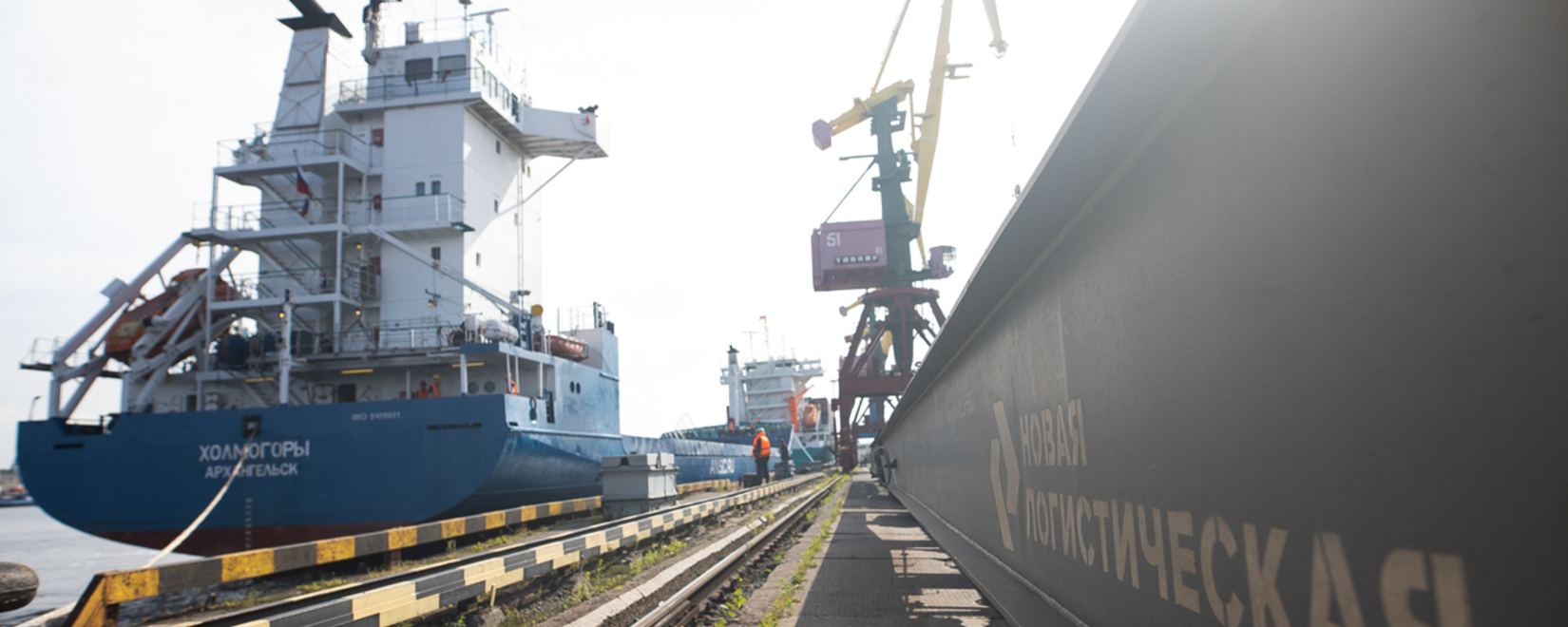The duty amount is from 4% to 7% of the customs value, for fertilizers it will be up to 10%
Russia will introduce export duties linked to the ruble exchange rate on a wide range of goods from October 1. The corresponding decree has been signed, the government press service reported.
The duty will range from 4% to 7% of the customs value, depending on the exchange rate of the national currency; it will be charged at an exchange rate of 80 rubles/$1 and higher.
“Regulation is applied in order to maintain a rational ratio between the export of goods and domestic consumption. The adopted decision will help protect the domestic market from unjustified price increases,” the message says.
The new export duties will be in effect until the end of 2024.
Duty rate
The duty rate will be 4% at an exchange rate of 80-85 rubles. per US dollar, 4.5% at 85-90 rubles, 5.5% at 90-95 rubles, 7% at 95 rubles. and more. This scale will apply to all types of export goods covered by the decree, except fertilizers.
The text of the resolution clarifies that for October the duty amount will be calculated based on the average Central Bank exchange rate for the period from August 26 to September 27. In the future, the rate will be calculated one month before the 25th day of the calendar month preceding the period of application of the next rate (that is, the rate for November will be calculated based on the average rate from September 26 to October 25).
The Ministry of Economic Development will have to publish the rate for each subsequent month no later than the 26th day of the previous month.
"Exchange Rent" for Fertilizer Exporters
The “exchange rate rent” for exporters of mineral fertilizers will not be a separate duty, but an addition of 3 percentage points to the duties already recently introduced, as follows from the text of the government decree. Earlier, from September 1, Russia introduced combined export duties on certain types of fertilizers for a period until December 31, 2024.
The ad valorem rate is 7% of the customs value, the specific rate (that is, the minimum duty rate per ton in rubles) varies depending on the type of fertilizer - nitrogen, potassium, phosphorus/complex - and amounts to 1100, 1800 and 2100 rubles/t, respectively. According to the decree of September 21, the 7% rate will continue to apply if the average monthly rate is less than 80 rubles. for a dollar. If the ruble during the monitoring period is weaker than $80 rubles/$1, then the ad valorem rate will be not 7%, but 10%.
For which industries were exceptions made?
The new duties do not apply to oil, gas, grain and timber, and thus the largest payers will be mining companies, exporters of ferrous, non-ferrous and precious metals, coal, and fertilizers. The leaders of these industries have not yet commented on the new duty or estimates of its impact on financial performance.
According to the director of the department for development and regulation of foreign economic activity of the Ministry of Economic Development, Liliya Shchur-Trukhanovich, the decisions made are based on “a logic that is in many ways similar to that which was used in permanent damping mechanisms for grain and sunflower oil, which have shown their effectiveness.”
“They were launched at a time when high world prices put pressure on the domestic market and were one of the pro-inflationary factors. The flexible duty rate helped smooth out this impact while maintaining export profitability. And now, due to the decline in external prices in recent months, for example, for butter - there is a zero duty for Russian exporters. In this case, the measure softens the impact of the exchange rate on the trade balance and creates the preconditions for expanding supply on the domestic market," said the head of the department.
According to her, goods that have a high share of imported components purchased for foreign currency in their cost, as well as highly processed products, are exempt from export duties, which stimulates domestic processing and production. “In addition, the measure will not affect Russian manufacturers of pharmaceuticals, household chemicals, light industry, perfumes and cosmetics, which are now actively entering new export markets,” noted Shchur-Trukhanovich.
In the public sphere, information about plans to remove the “exchange rate rent” from exporters appeared just a day before the signing of the resolution - on Wednesday evening. As Interfax sources reported, the idea was considered at a recent meeting in the government and approved in principle, and on Monday, September 18, it was approved (at that time without final details, which were still being worked out) at a meeting of the subcommittee on customs and tariff regulation.
Analysts at the Sinara investment bank in their morning review assessed the news as “moderately negative” for Russian exporters, including NLMK, Rusal, MMC Norilsk Nickel, ALROSA and coal producers: their free cash flow and dividend payments in 2024 may decrease as a result by 15-20%.
With a duty rate of 4.5%, the duty could be 1-2% of capitalization for metallurgists and coal miners (about 5% for Mechel), about 4% for players in the market kel and gold, 8-9% for Rusal, which will negatively affect the company’s quotes, BCS analysts wrote.

 Trading platform
Trading platform 
 Monitoring
Monitoring  Express applications
Express applications 
 Fork Work
Fork Work 
 Service
Service  News
News  Directory
Directory 
